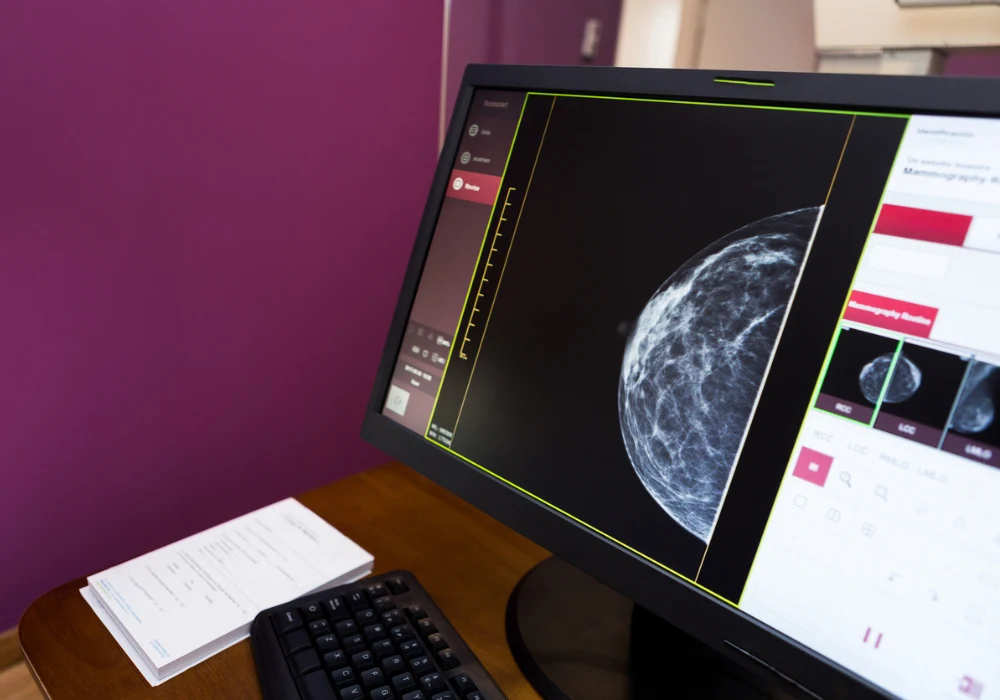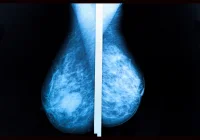In the aftermath of the COVID-19 pandemic, remote work reshaped many sectors of healthcare. Radiology, already well-positioned for off-site work due to its digital nature, witnessed significant adoption of home-based reading practices. Breast imaging, however, presents distinct challenges due to its close patient interaction and highly regulated workflows. A nationwide survey conducted by the Society of Breast Imaging (SBI) explored how breast imaging radiologists across the United States are adapting to remote work, detailing current practices, technological constraints and future expectations. The findings suggest that remote reading is becoming a sustainable model, particularly for screening exams, while the complexities of diagnostic imaging continue to influence the pace and structure of remote adoption.
Home Workstations: Patterns and Demographics
Of the 424 radiologists who participated in the survey, 31% reported using home or personal remote workstations to interpret breast imaging exams. Among these, the median proportion of clinical work done remotely was 25%, often during regular business hours. Screening mammography was by far the most common modality read from home, followed by screening ultrasound, diagnostic mammography, MRI and diagnostic ultrasound. This distribution underscores the relative ease of remote interpretation for screening studies, which typically require less patient interaction and fewer dynamic imaging techniques.
Practice type and geography played a significant role in determining remote work patterns. Radiologists in private practice were more likely than their counterparts in academic or hybrid practices to interpret diagnostic exams remotely. In contrast, those in the Western United States were less likely to report using home workstations, compared with other regions. However, no significant differences were observed based on gender, age or the presence of dependents at home, suggesting that institutional and regional factors weigh more heavily than personal ones in shaping remote work engagement.
Private practice radiologists also reported more frequent use of remote workstations for diagnostic tasks such as ultrasound and diagnostic mammography. In these environments, workflow flexibility and the ability to integrate remote reading into daily operations may contribute to higher adoption rates. Conversely, academic and hybrid centres often prioritise in-person collaboration, education and multidisciplinary interactions, which may limit remote diagnostic activity.
Remote Diagnostic Imaging: Benefits and Constraints
Forty percent of respondents indicated familiarity or direct experience with remote diagnostic breast imaging. In most cases, the sonographer remained on-site while the radiologist interpreted images remotely. Communication with patients was managed through various channels, with over half of the radiologists using in-person surrogates—such as trainees or technologists—to relay findings. Telephone communication was also common, particularly in academic and hybrid practices, while video consultations were more frequently used in private settings.
Must Read: Key Considerations for Implementing MR Remote Scanning
Most respondents indicated that their practices had no exclusion criteria for remote diagnostic visits, meaning all types of exams could potentially be conducted remotely. Only a small percentage identified ethical or legal concerns, and just 7% reported patient complaints related to remote diagnostic services. On the contrary, some practices received positive feedback from patients and expanded their support staff—such as patient coordinators or navigators—to better manage remote workflows.
Despite these advantages, remote diagnostic imaging introduces clinical challenges. Physical examination and immediate patient reassurance are often integral to diagnostic breast imaging. The use of surrogates and digital communication helps mitigate some of these issues but cannot fully replace in-person interaction. For many radiologists, particularly those in academic settings, this limitation may account for a more cautious approach to remote diagnostics.
Outlook and Practice Transformation
A majority of survey respondents—75%—believe that remote breast imaging will become a major practice model in the future. Around one-third of practices had specific plans to expand remote reading options, with most expecting changes within one to two years. Notably, academic and hybrid institutions were more likely than private practices to plan future expansion, indicating a gradual shift in institutional acceptance of remote work models.
Regional variation was again apparent. Respondents from the Northeast were more likely to report plans for expansion compared with those in other parts of the country. These developments reflect both the increasing technological feasibility of remote breast imaging and the evolving attitudes within practices seeking to balance flexibility, access and quality of care.
The anticipated growth of remote work in breast imaging also responds to persistent workforce shortages and the need for broader access, particularly in underserved areas. However, the transition requires investment in high-resolution workstations, compliance with regulatory requirements and workflows that support effective patient communication.
Remote breast imaging has become an established component of clinical practice in the United States, particularly for screening mammography. While diagnostic remote reading remains more variable, patterns are emerging that reflect institutional culture, geographic context and workflow adaptability. Private practices are currently leading in adopting remote diagnostics, whereas academic centres are more cautiously expanding their capabilities. Despite some challenges, most radiologists see remote reading as a long-term feature of breast imaging. Ongoing research will be essential to understand its implications for clinical outcomes, operational efficiency and radiologist well-being.
Source: Journal of Breast Imaging
Image Credit: iStock










